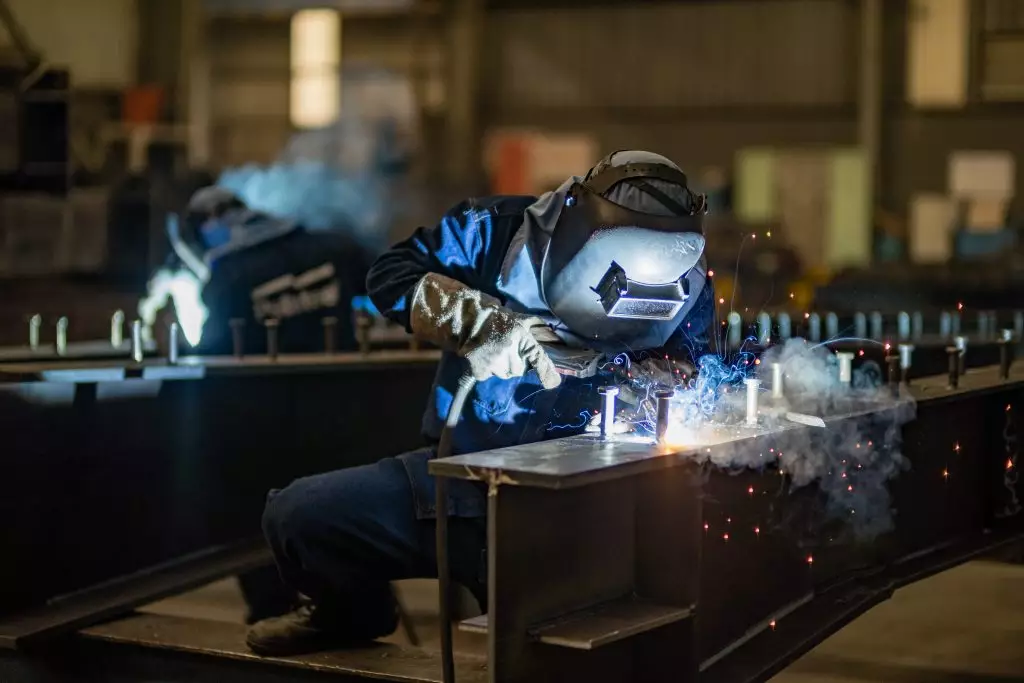Knowledge, Technology
Can bimetals be welded? Kenta Vietnam
In recent years, bimetal materials have gradually taken on an important role in many industries thanks to their flexible combination of two different metals. However, many people still wonder whether bimetals can be welded. Is it possible to ensure uniformity, durability, and optimal performance after welding? The following article will help you answer that question in a specific and practical way.
Overview of bimetal materials
Bimetal (bimetallic) is a material made from two different metals, usually bonded by methods such as explosion welding, hot rolling, or cladding. With this special structure, each metal plays a specific role: one side conducts electricity or heat well (such as copper or aluminum), while the other side provides strength or wear resistance (such as steel, stainless steel).

Unlike homogeneous metals, bimetal materials offer many outstanding advantages but also pose many challenges in manufacturing and welding. Typical risks include cracking, warping, or defects due to differences in melting temperatures and thermal properties.
Can bimetals be welded? The answer from production practice
The short answer is: yes. However, to weld bimetal materials, welders must clearly understand the material characteristics, select the appropriate welding method, and flexibly adjust technical parameters. Methods such as TIG welding, MIG welding, or friction welding are often applied because of their precise heat control and ability to maintain weld structure stability.
In addition, it is necessary to choose suitable welding rods or wires that can connect two different metals without degrading their properties. Shielding gases, welding speed, pressure, and temperature are also factors that must be carefully calculated.
Difficulties and solutions in the welding process
The biggest difficulty when welding bimetals is the difference in melting temperatures and thermal expansion. When two different metals are heated simultaneously, one side expands faster, causing deformation or loss of adhesion.

Another issue is the oxidation gas generated during welding, which can weaken the weld, create porosity, and cause welding defects. To overcome this, experienced welders often use argon or helium gases to protect the weld zone, combined with cleaning the surface before welding.
Choosing the right welding equipment
Welding bimetals requires welding equipment capable of precise temperature control and high synchronization. Moreover, it is necessary to select compatible filler materials that work well with both metals in the bimetal. For example, when welding copper and steel, welding wires 4047 or 5356 can be used to reduce the risk of cracking.
Choosing a reputable supplier of welding wires and rods plays an important role in ensuring standard weld quality. At Kenta Vietnam, we offer a variety of industrial materials such as welding wires, rods, aluminum sheets, and bimetal materials, meeting CO-CQ standards and trusted by many businesses.
Conclusion
The question “can bimetals be welded?” is not only theoretical but also a crucial issue in production practice. When mastering the technique and applying the correct process, welding bimetals is not only feasible but also opens many opportunities for cost optimization and performance enhancement.
Let Kenta VietNam accompany your business in proposing effective solutions for materials, equipment, and bimetal welding techniques.




















